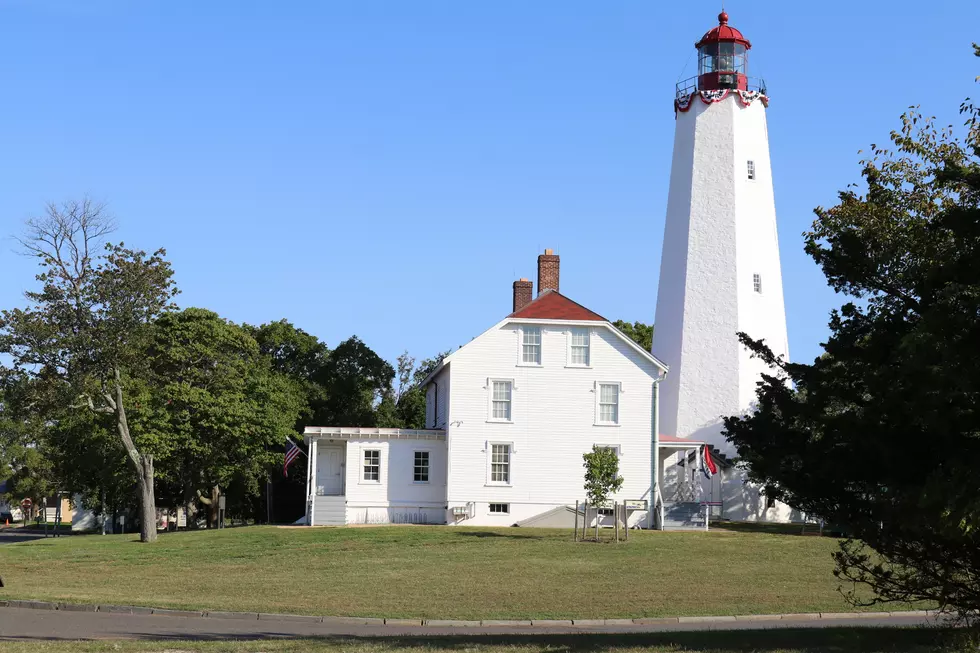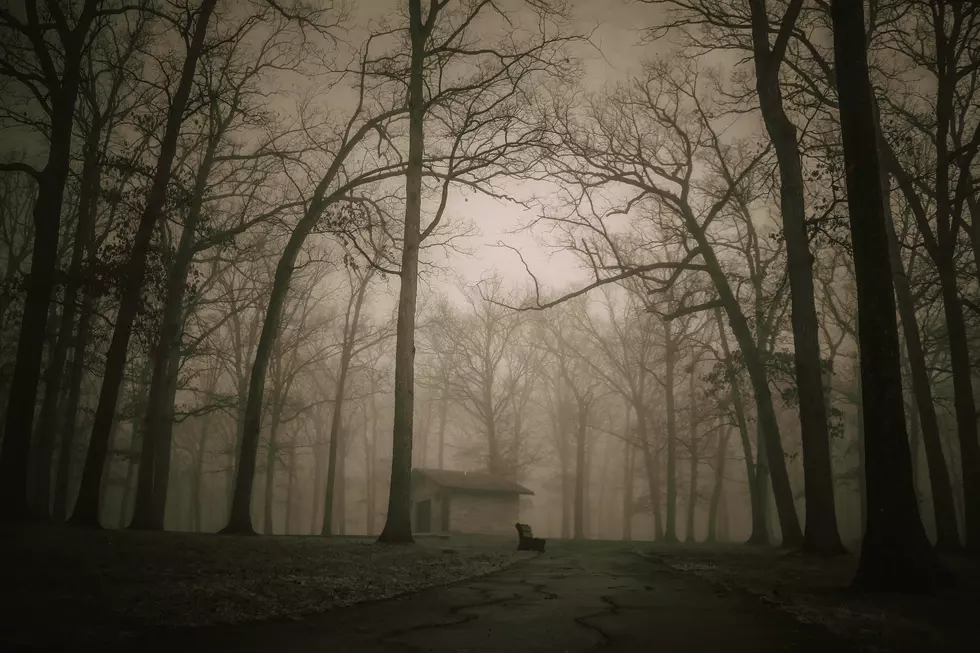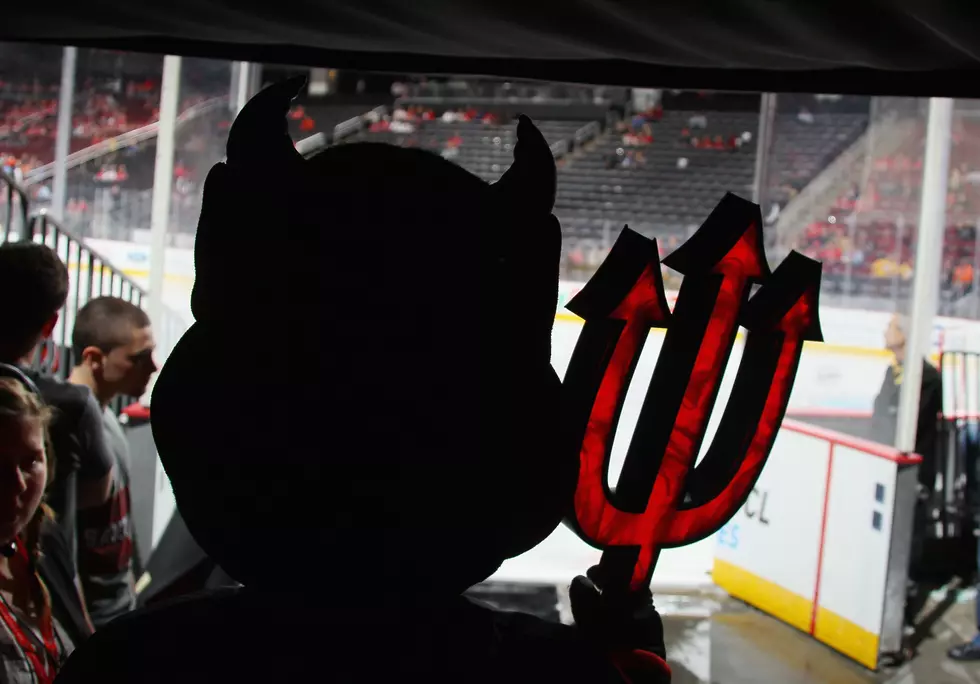
Why this depiction of the Jersey Devil may be totally inaccurate
The Jersey Devil is a strange, elusive being whose footprints have been spotted for centuries across South Jersey, and who some amateur ghost hunters say they've even seen.
Not so, says Kean University history professor Brian Regal, who is the co-author (with Frank Esposito) of "The Secret History of the Jersey Devil."
"There is no monster," Regal said. "There's no leathery-winged creature flapping around in the Pine Barrens. I know that disappoints people!"
Instead, the legend is the conflation of elements such as cross-dressing governors, land grabs, Native American traditions — and most prominently, a smear campaign by a Founding Father.
Regal said you could even trace the origin of the phrase "fake news" to the spread of the Jersey Devil hoax.
It all began, according to Regal's research, with a settler named Daniel Leeds putting down roots in the Burlington County area, then known as West Jersey — at that time the western end of British colonization. Leeds published America's first almanac, but his writing interests eventually resulted in his censorship.
"He's trying to bring science and history and theology out into the wilderness, and what will happen is, through a kind of long, torturous process, he and his family will get turned into monsters," Regal said.
After Leeds' death in 1720, Regal said, his son Titan kept the family almanac business alive, but before long entered into competition with another prominent almanac publisher: Benjamin Franklin.
Drawing on accusations of astrological, alchemical, and occult activity against the Leeds family (none true, according to Regal), Franklin coined the term "Leeds Devil" to paint the clan as un-American. Regal said this actually became a popular, colloquial political insult.
By the time of the Civil War, and helped along somewhat by the traditions of the Lenape tribe, the Leeds Devil had begun to take on a physical and monstrous form, stalking South Jersey from Mount Holly to Atlantic City and everywhere in between. News reports, Regal said, quoted residents who said they'd seen its footprints, and even older residents who said their ancestors had told them tales of just such a creature.
The final step in the evolution of this legend came in the early 1900s when a dime museum in Philadelphia devised an exhibit based on the premise that they had captured the Leeds Devil. Regal said museum staff procured a kangaroo from upstate New York, painted it green, and passed it off as the monster.
But "Leeds Devil" wasn't catchy enough. They came up with "Jersey Devil" instead, and even after the kangaroo-in-disguise was exposed as a hoax, the new name stuck.
So the next time you see the namesake mascot of New Jersey's hockey team, keep in mind that its history was born in the heart of Flyers country — and keep the name Daniel Leeds in mind, too.
More from the Jersey Shore:
More From 105.7 The Hawk










